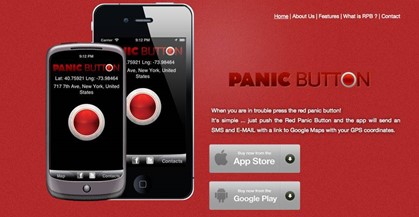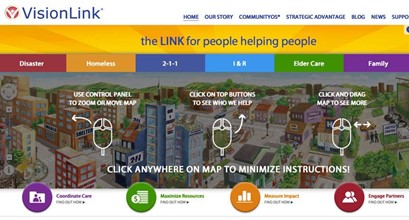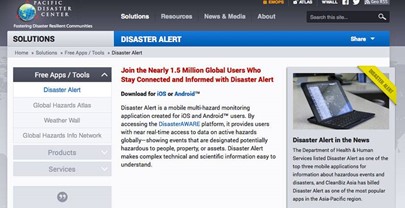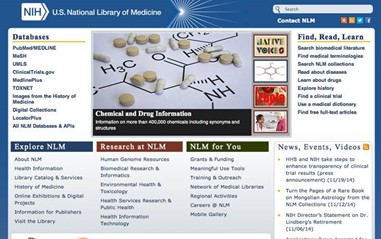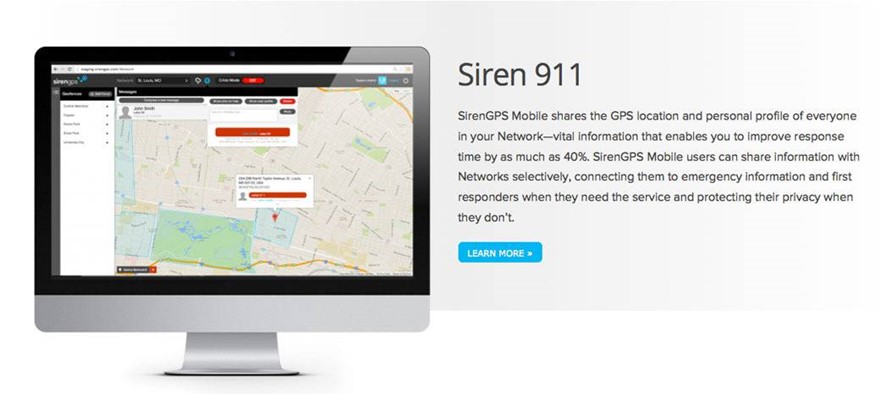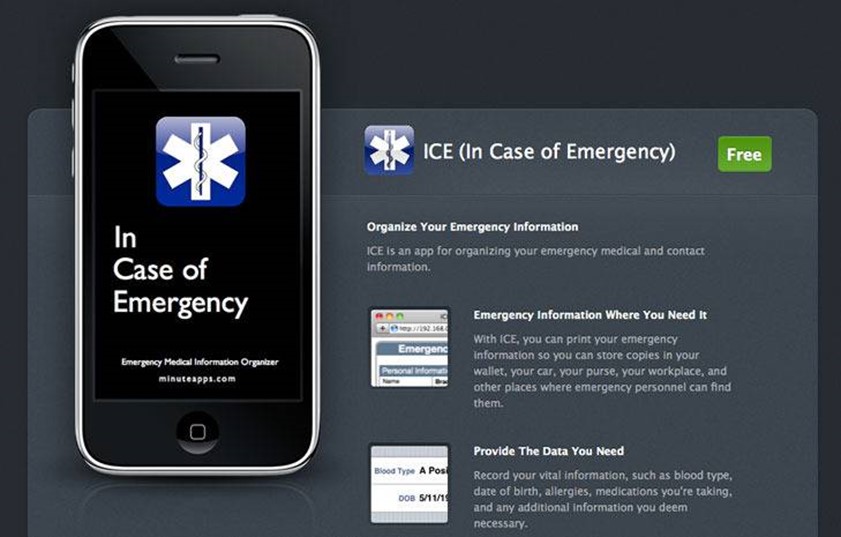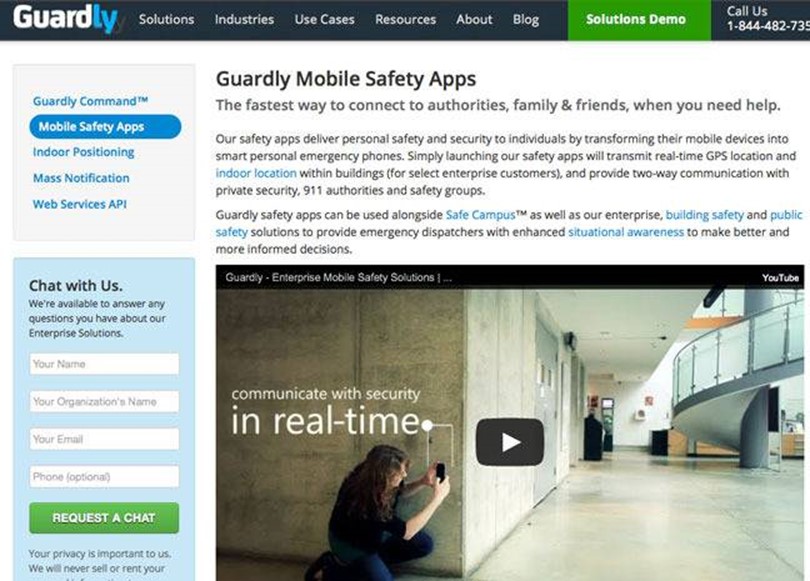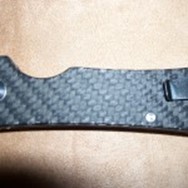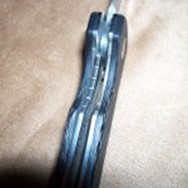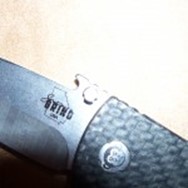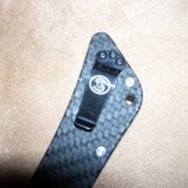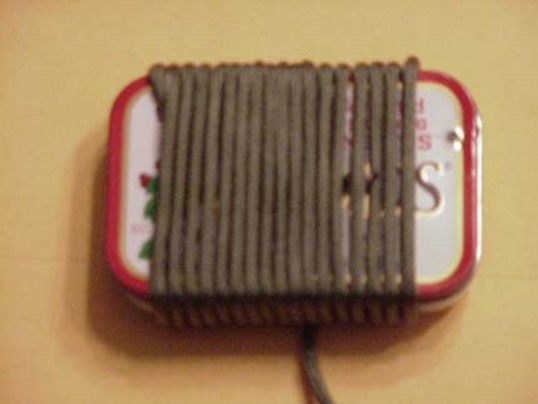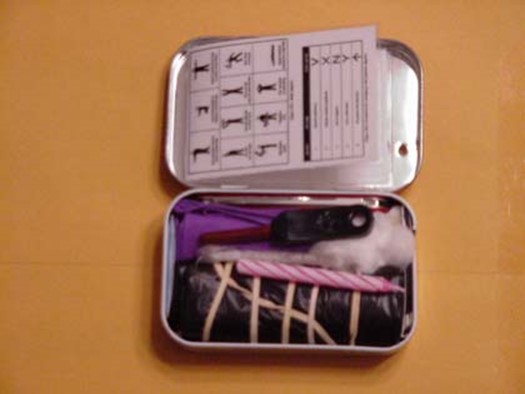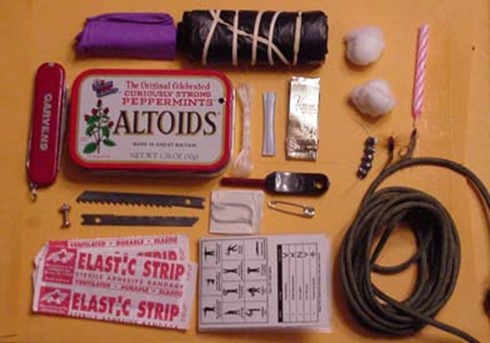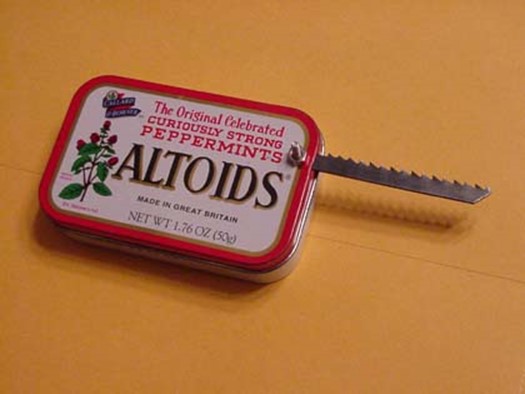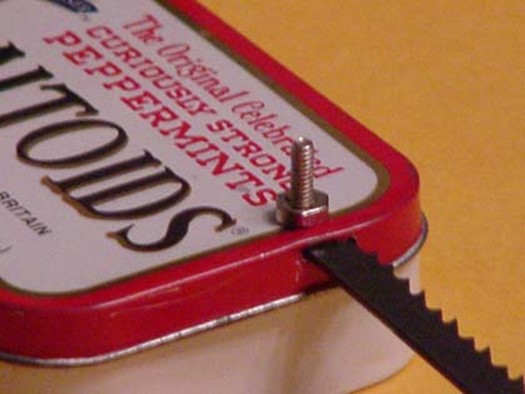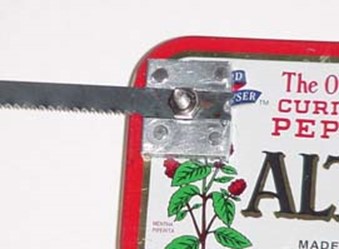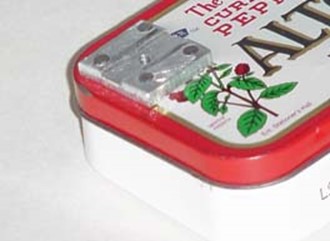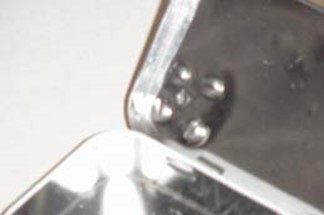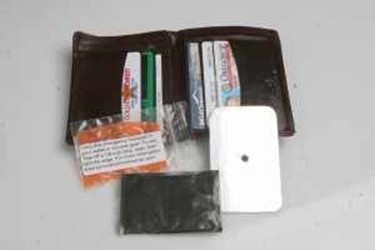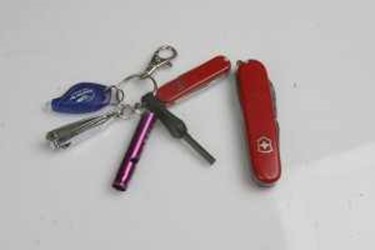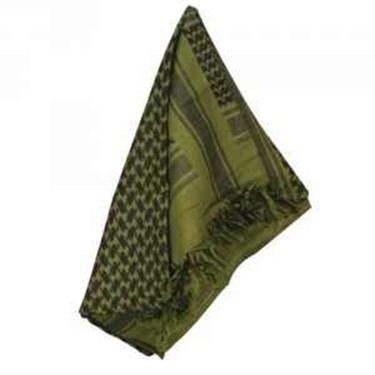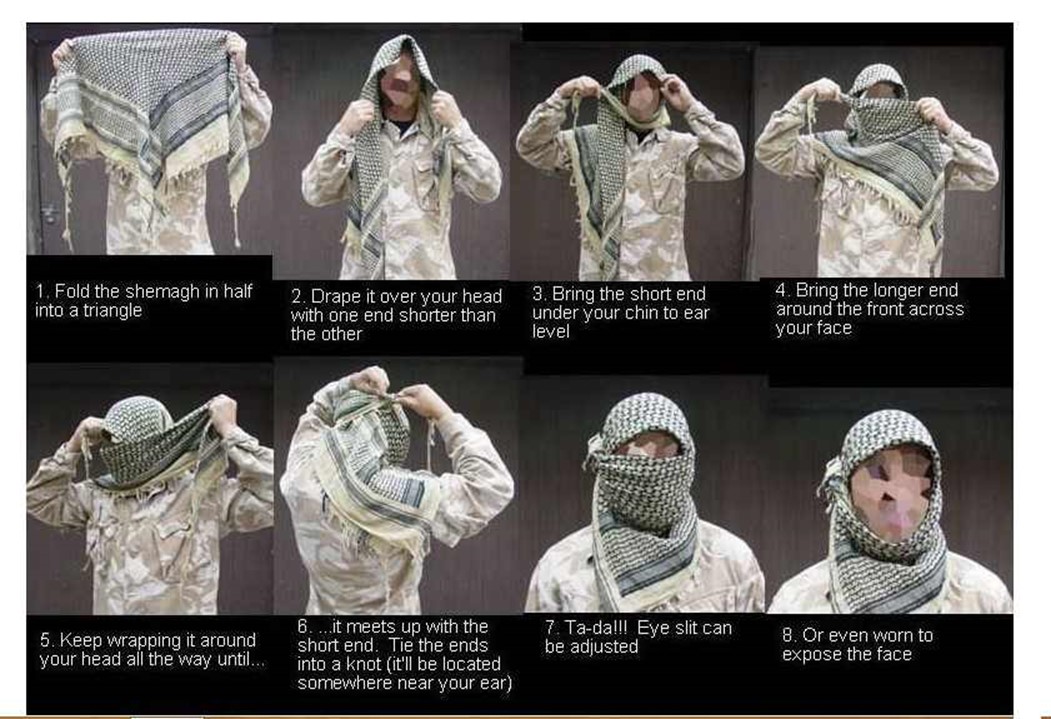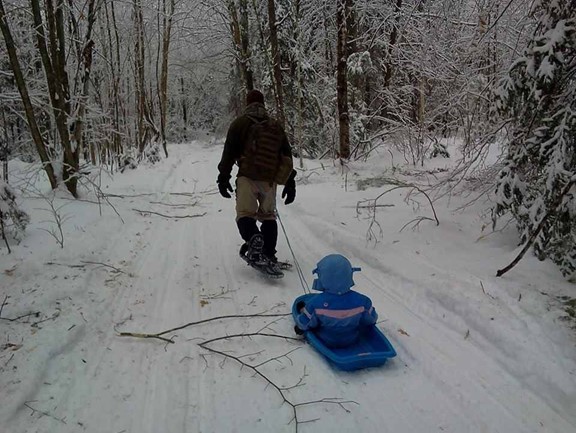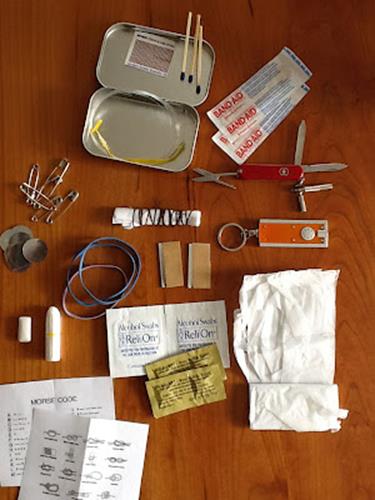Recently I finally sat down and took care of an item on my wife’s vehicle that had been plaguing her for quite some time: A piece of debris (in this case, a nail) had punctured the tread of her tire, creating a slow leak that had her filling her tire with air every couple of days. She’d been bugging me to plug it for a couple months now, and I shudder to think of how much it affected her gas mileage, and how many quarters she pumped into air machines just to keep air in her tire….surely it was more than the cost of the tire plug kit.
But as I was sitting there, ripping out the nail with my Leatherman, and rasping out the hole, it occurred to me that this sort of thing was a standard skill that everyone ought to know how to perform, JUST IN CASE. Then, – of course – when my mind got in THAT mode, it drifted all over the place, finally settling on wondering how many people actually have their daily-driven automobiles stocked with enough repair items and the know-how to fix their car quickly and efficiently to get themselves out of a bind in a worst-case scenario. Up here in the Northeast, many people (Including Jarhead Survivor and I) have 4-wheel-drive pickup trucks or SUVs that are optimal for navigating trails or through snow. Most pickups and SUVs have higher ground clearance, skid plates, and overall a tougher build that will make them a more natural bugging-out type vehicle. But many, many people have to utilize econo-box cars to get them from A to B reliably while minimizing fuel costs on their daily commutes. These types of cars aren’t quite the tanks that their truck/SUV brethren are, but with a little bit of preparation in the equipment and know-how department, one can at least be prepared to make emergency fixes if, for example, your car’s oil pan catches a rock and cracks during an emergency trail ride.
The Basics
There are a few things EVERYONE should have in their automobiles, whether you are planning on using it for emergency purposes or not.
-Spare full-sized tire on the correct rim, and the means and knowledge to change it. This is a no-brainer. Your tires are the only parts of a car that touch anything 100% of the time, so they can pick up road/trail debris and get punctured easily. If your tire gets punctured through the tread, no biggie; you can usually plug the tire as easily as replacing it. But if you shred a sidewall, you are well and truly screwed without a spare. If you don’t have a spare, (some new cars these days only come with tire patch kits !!!) get in touch with a local junkyard, especially one that crushes cars for scrap. They legally have to remove rims and tires before crushing cars, so chances are they can help you find a good full-sized spare with OK tread for dirt money. STAY AWAY FROM SPACE SAVER/DOUGHNUT TYPE SPARES! Yeah, they make take up half the space, but they are usually limited to 45mph, destroy the car’s handling, and have close to zero traction. For an emergency, you want all the help you can get, and a full-sized spare will do a far better job. Also, make sure you have a jack and a properly-sized lugnut wrench (I prefer a 4-way lugnut wrench.). Having a spare tire will do you zero good if you can’t get the car up and the tire off. The best junkyard jacks ever some from late’70′s – early 90′s full-sized GM passenger cars – they’re like stamped-steel floor jacks. Secret tip: If you see a full-sized GM station wagon at the junk yard (Chevy Caprice, Oldsmobile Custom Cruiser, Pontiac Safari, Buick Estate Wagon) they’re stowed away behind the panel in the passenger side way-back. Those ones never get nabbed! Stay away from scissor-crank types of jacks – they’re called “Widow Makers” for a reason….they tip over with alarming frequency.
First-Aid Kit: No-brainer. When working on cars, boiling coolant, exhaust burns, slammed and scraped knuckles, and deep cuts are all the norm – and that’s just on a daily basis from restoring old cars…trust me on this one! Have a first aid kid that can account for these types of injuries. Also have clear safety glasses that you can put on for working under the car (dirt or rust falling in your eye is just about the most unpleasant thing ever), and something to remove glass from eyes or cuts in case a windshield/window busts out. Also, something to clean dirt, grease, and oil out of cuts.
Mechanix Gloves: These puppies will save your hands from most quick burns, cuts, scrapes, and grime, and they maintain the hand’s ability to grasp items with precision without being too bulky. I can’t recommend these enough. Get some at your local hardware/auto store or here.
Water: I can’t tell you how many times having a gallon or two of water in my cars has saved my bacon. If you’re dehydrated, drink it. If your car is overheating, you can refill it when it cools down. If you have debris in your eye, wash it out. If you’re dirty, clean your ass up.
Tool Kit. A nice, decent-quality tool kit is a must. A MUST. I know about a hundred people who see the $5 tool kits at the checkout line at the auto parts store or the hardware store, and think, “Oh! I’ll grab this in case of emergency and throw it in my car just in case!” Yeah, don’t be that guy. Those kits WILL break – sockets will split, ratchets will disintegrate, screwdrivers will bend. With no abuse at all. Cowboy up and buy a REAL kit. I bought one of these Husky sets from Home Depot years ago, and I’ve built cars, fixed bikes, generators, and washing machines – pretty much repaired about a million things around the home with this set. And it still works great. I keep it clean and dry, and always make sure the parts go back in their exact spots in the carrying case. It doesn’t take up much room, and I know it has 80% of the stuff I’d need to work on anyone’s car in an emergency. Grab a used ammo can from the Army Surplus store, and put in it a utility razor knife with a couple extra blades, a couple stubby screwdrivers in it (flathead, and #2 and #3 Phillips), a couple full-sized screwdrivers in the same size, a collection of zip-ties, a roll of electrical tape, spare fuses, a roll of GOOD duct tape (not the cheapo $1 a roll junk), a few stainless steel hose clamps of varying sizes, a good flashlight with extra batteries (a small one you can hold with your mouth while under a car – I like the Streamlight MicroStream personally – a tire pressure guage, and a small air compressor that plugs into your car’s cigarette lighter/power outlets.
Rags: Cars are wicked dirty. You’ll need old rags to clean yourself, wipe up spills, plug holes, wrap around your hands to grab something a bit too hot. You can never have too many.
Tarp: A tarp is a wonderful thing. Spread it on the ground to work underneath your car if the ground is wet, muddy, or oily. Wrap up things you want to stay dry, or use it as a shelter.
Extra Fluids: Oil (at least a couple quarts, most cars will hold 4-5 quarts in the oil pan), transmission fluid, coolant. Your car can live without power steering fluid but it won’t last long without the other three. Keep a can or two of spray brake cleaner to degrease things.
Jumper Cables: Jump-start a friend or your friend can jump-start you if you leave the CD player on blasting Manilow too long.
I consider the above items to be absolutely essential (except the Manilow CD)…and with them, you can fix the vast majority of minor to almost-crippling problems you’d run into while evading trouble aggressively with your automobile. There are a few things I keep to really up my game, though:
Tire Plug Kit: I prefer to plug my tires if the hole isn’t too big and it’s in the tread. A good plug kit is always handy.
J-B Weld: This stuff is THE BALLS. I’ve sealed leaking radiators, exhaust pipes, water pumps, and oil pans with this stuff. Get J-B Kwik weld for a faster setup time. If the surface it’s sitting on/sealing is absolutely free of grease (see the brake cleaner and rags comments above), this stuff will seal things up long enough to get you a ways down the road. For a leaking/punctured oil pan fix, drain all the oil out using your tool kit, put your tarp over the oily spot on the ground. Once the oil stops dripping out of the hole, degrease it completely, then smear mixed-up J-B weld in and over the hole. Too much is just enough. Wait for it to set, refill the oil (you have your spare oil, right?) and get the hell out of there. It will last for a surprisingly long time.
Jack Stand or big-ass piece of solid wood: This is a luxury item, but there for safety. If you have to jack your car up and you have to work under it (like the punctured oil pan above) you don’t want the jack to slip and leave you pinned or crushed under your own car. Having a jack stand or a large, solid piece of wood (10″ x 10″ x 16″ long or so) will save your bacon in a big way.
Spare Gas Can: I personally don’t like having a bunch of gas sloshing about in my trunk/bed (have you ever seen a gas can that stays sealed/leakproof 100%? I haven’t.) But having an empty gallon-sized gas can in your car can be helpful for obvious reasons.
Shovel/E-tool: Dig yourself out of snow banks, sand, mud holes you weren’t planning on.
BOB/GHB/EDC – Don’t forget that!!! Isn’t that what you have it for?
I keep all this stuff in the truck box (pickups are short on spare room) but you can probably keep most of this stuff in the trunk of even a compact car. Read up on how to do certain things (you can’t change a tire?!? No excuse – Shame on you!) and ask mechanics, car people, internet forum people how to do things. Go to prepper meetups in your area. Take a defensive driving course (did you know that hopping a curb my driving at it on an angle is much safer and less likely to blow your tires or bottom out your car that driving at it straight on? Now you do! Think of what else you might learn when trained by professionals!), go out mudding with some off-road people. See how they negotiate obstacles in trails. Witness how they extricate stuck vehicles. This all good stuff to know in case you, God forbid, need to pilot your Accord down a dirt trail at high velocity to evade or go around trouble.
Start now to make sure you are staying prepared.
Via: shtfblog




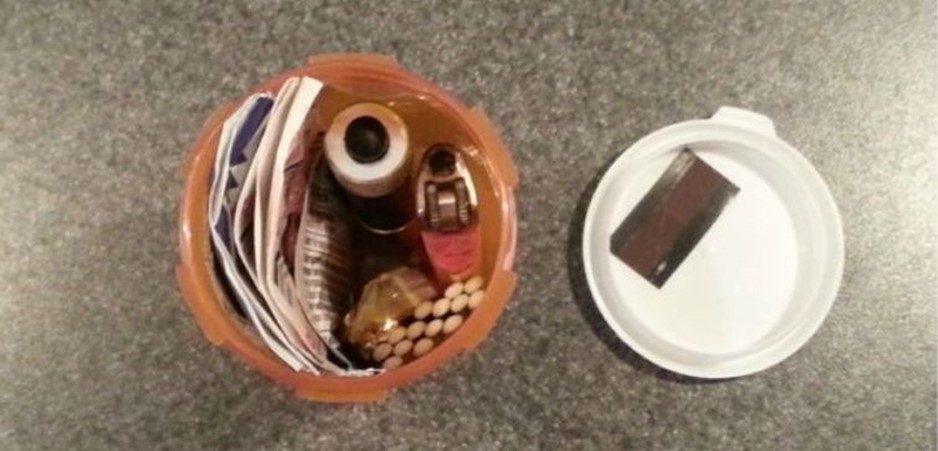
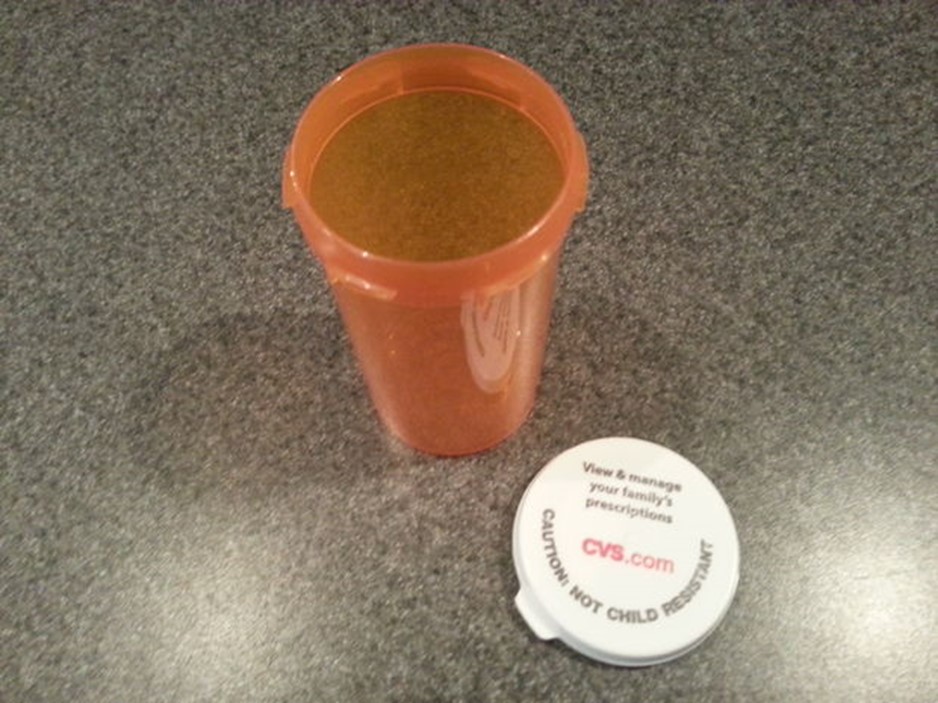

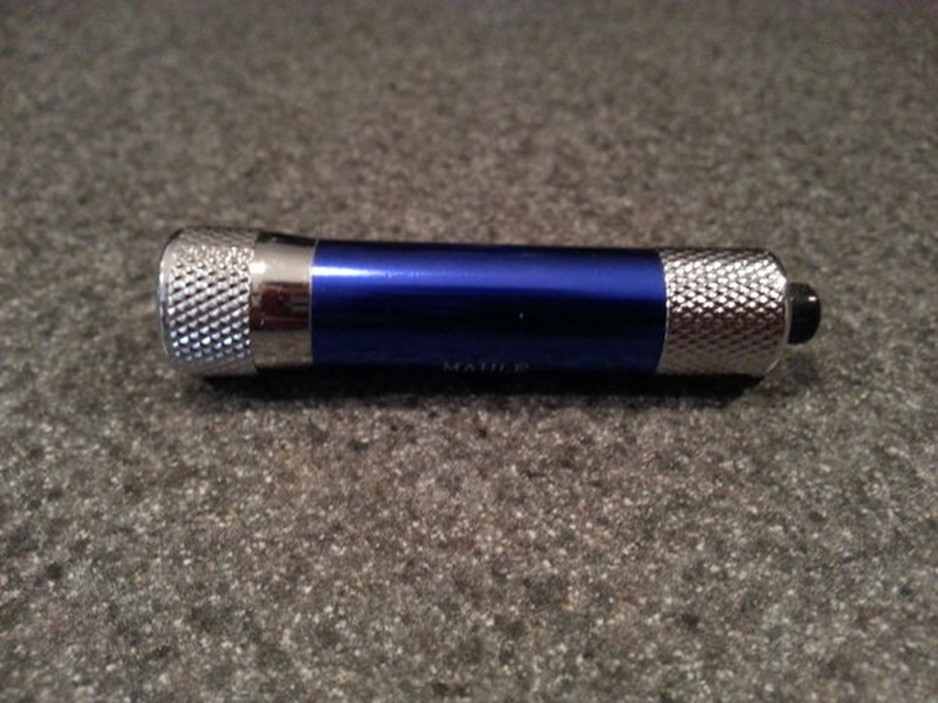
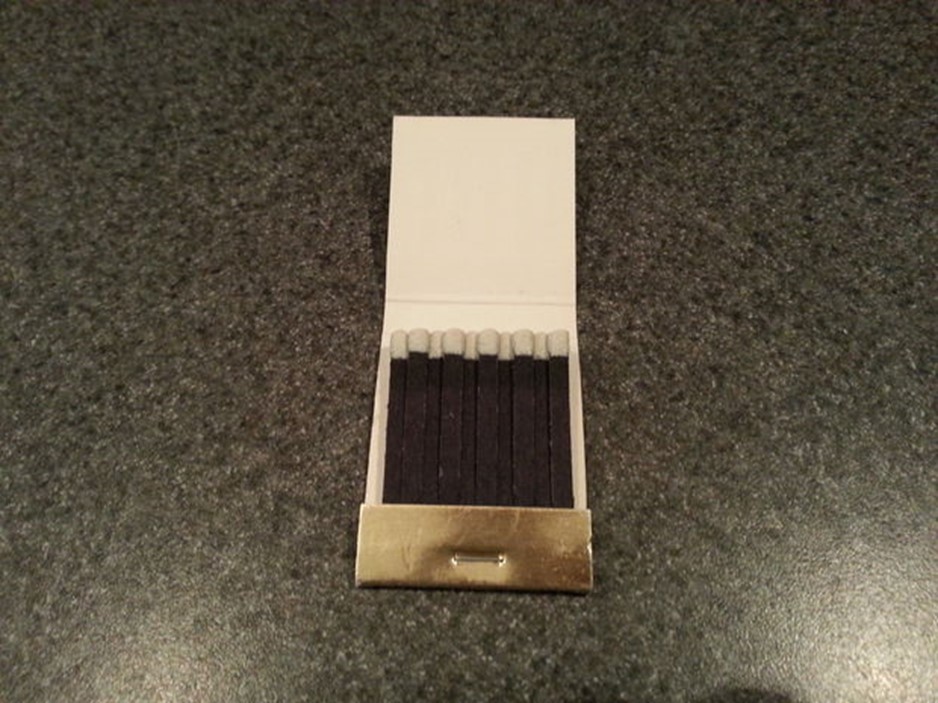
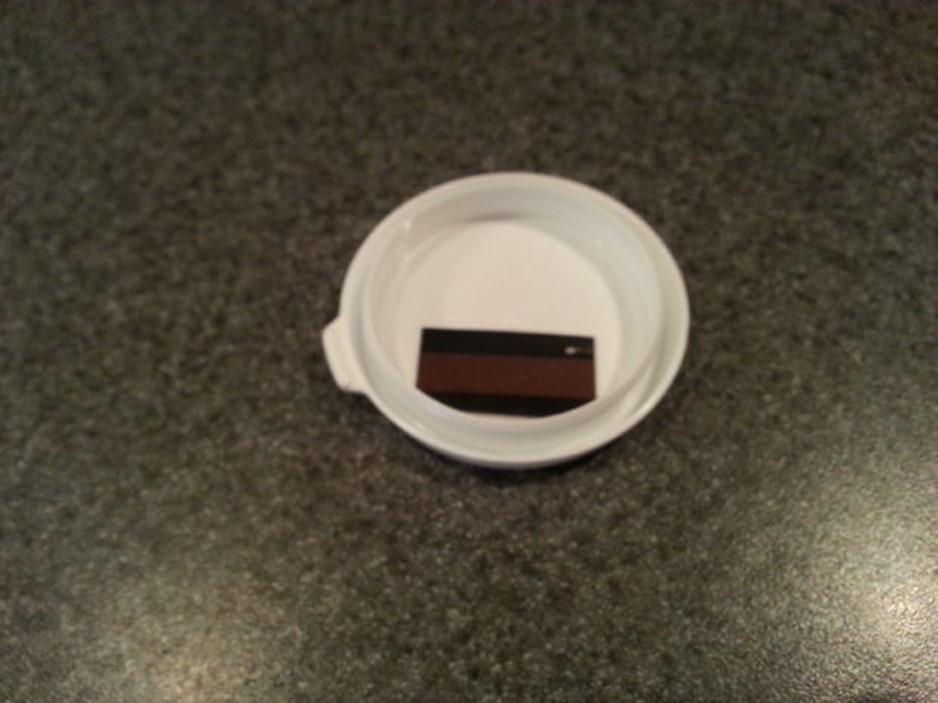
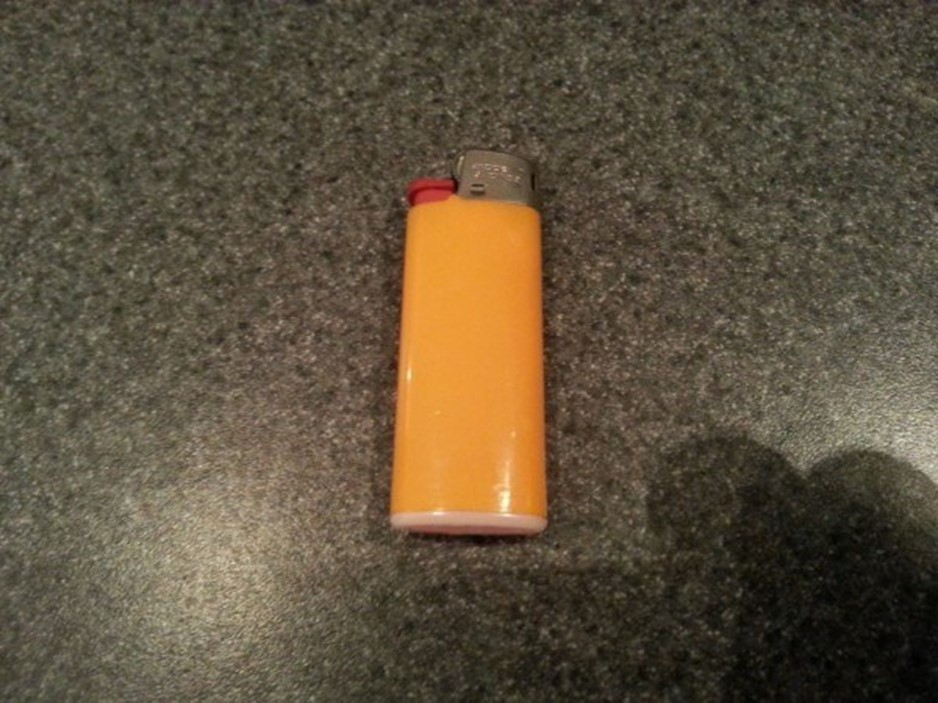
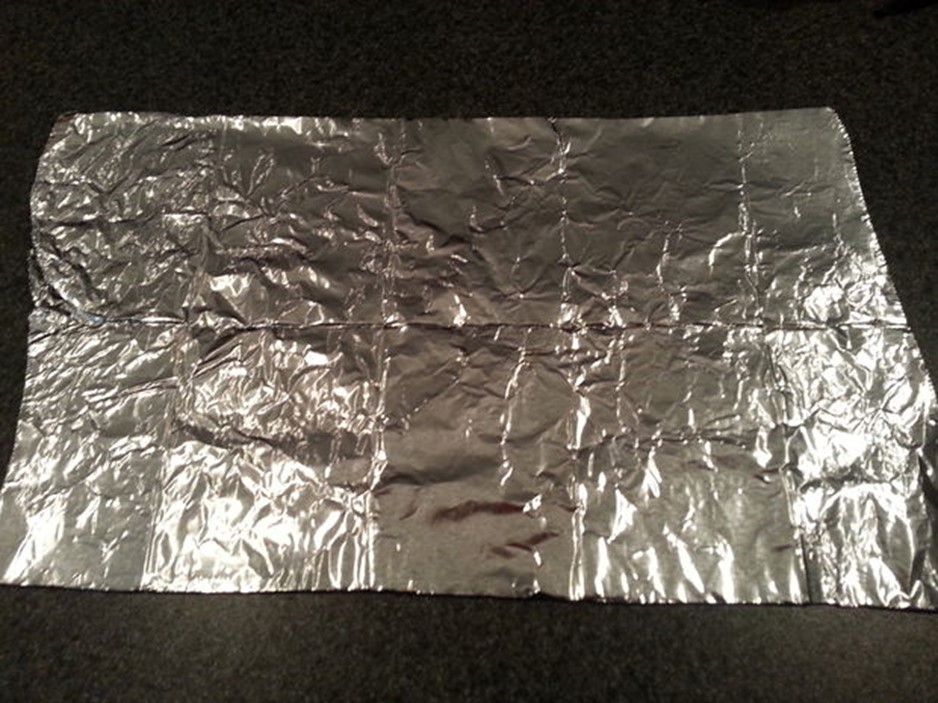
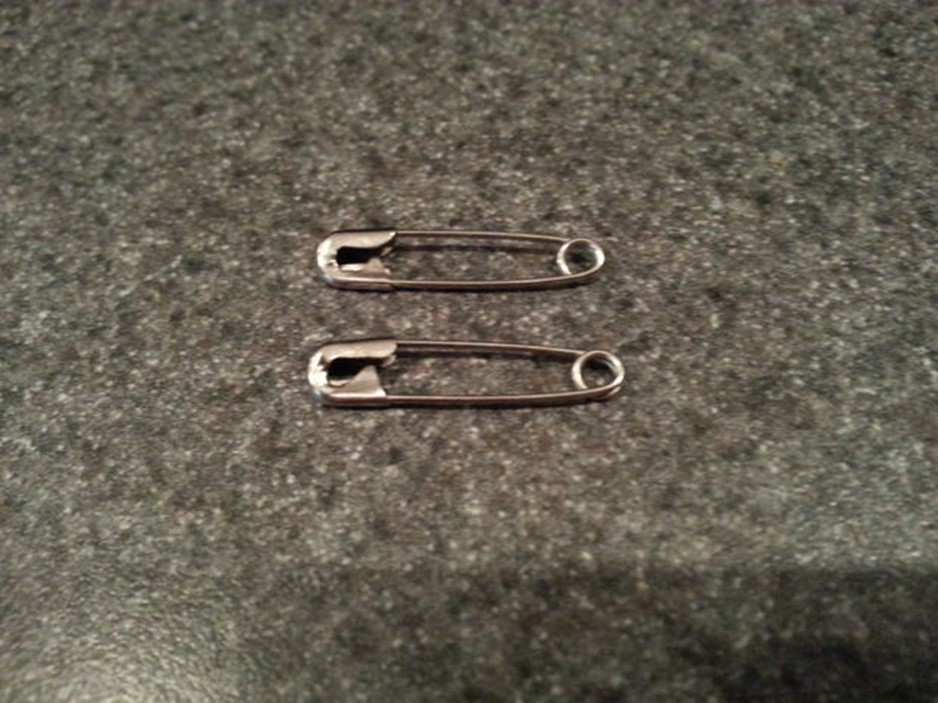
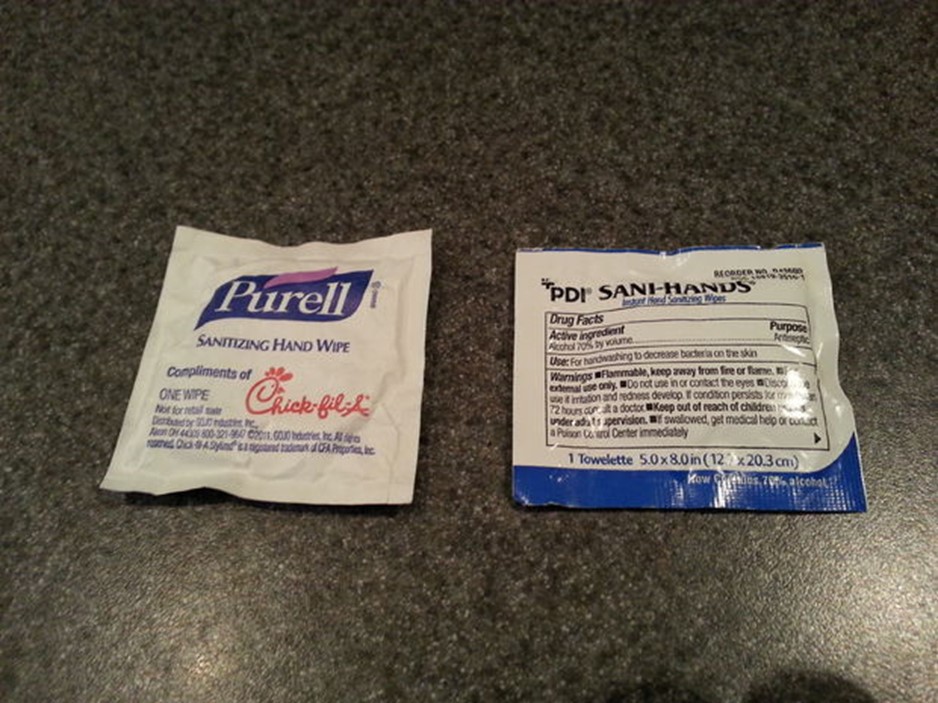
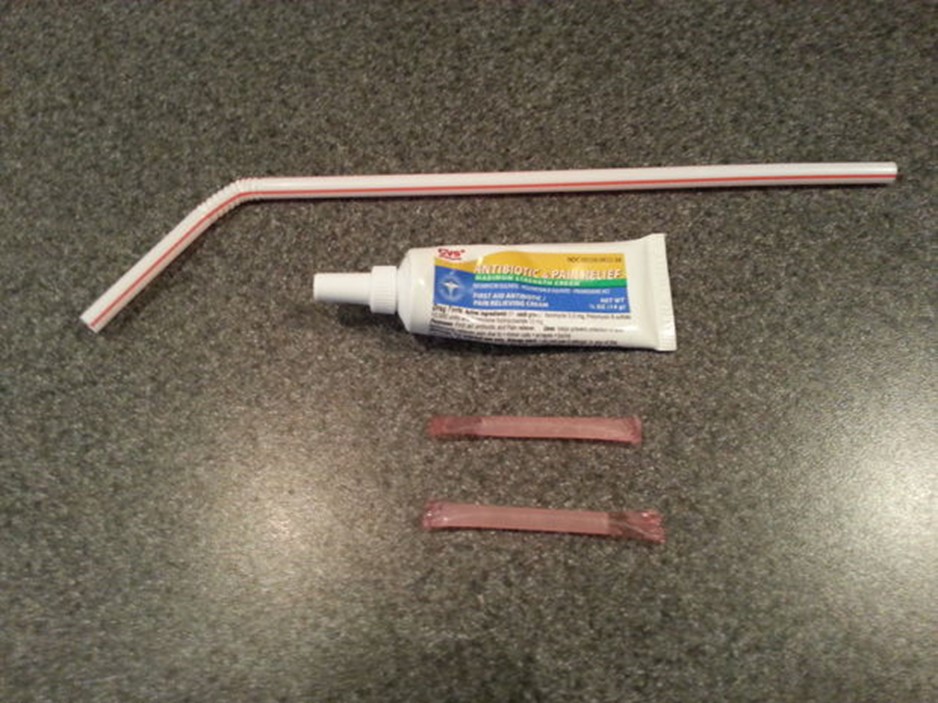
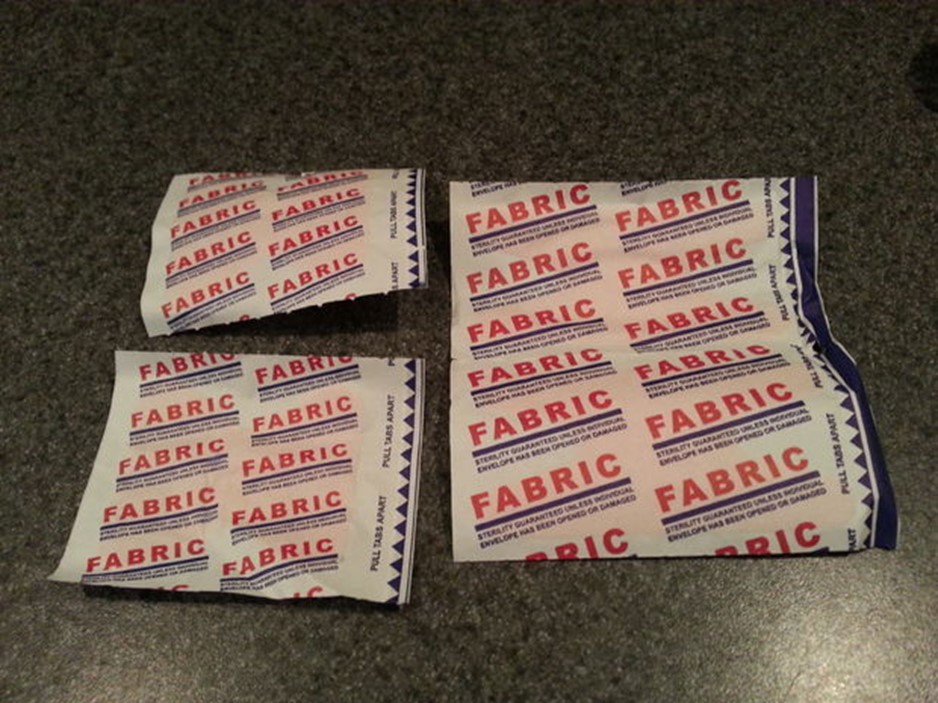
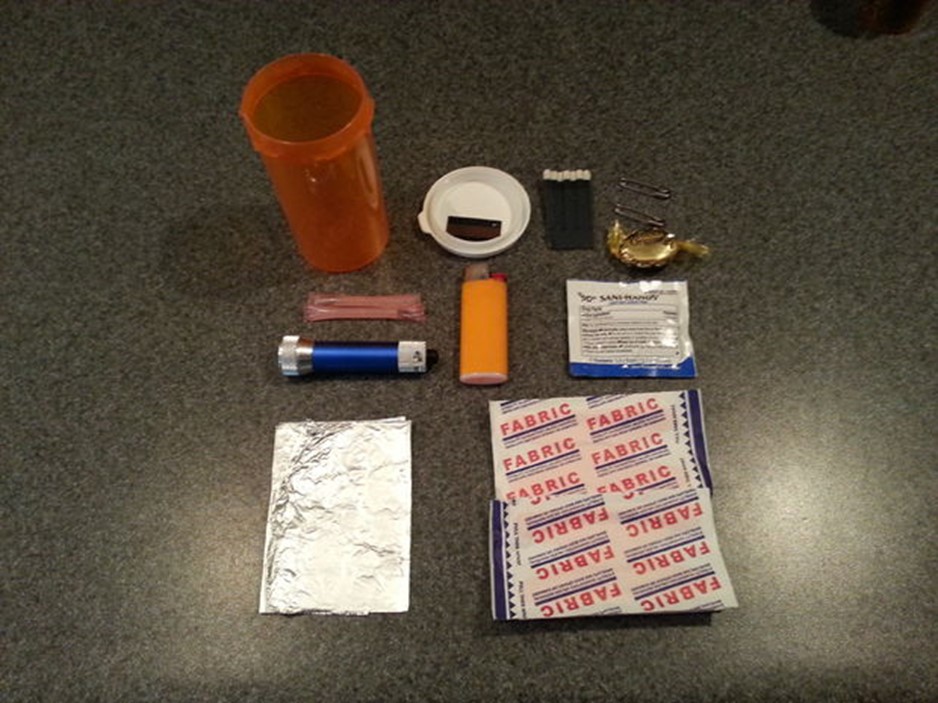
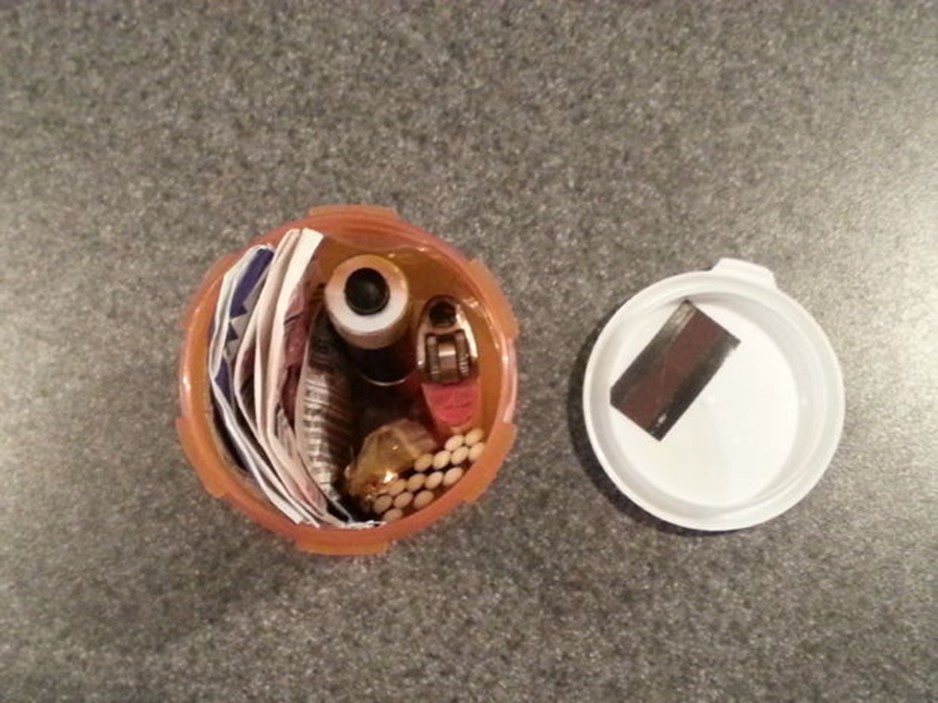
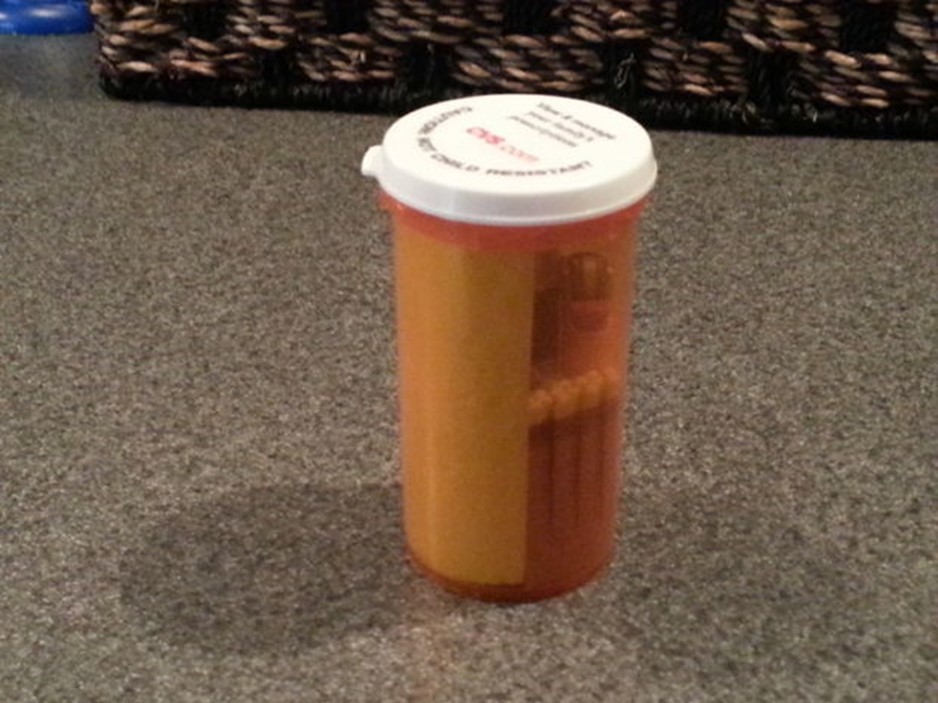




 Follow
Follow